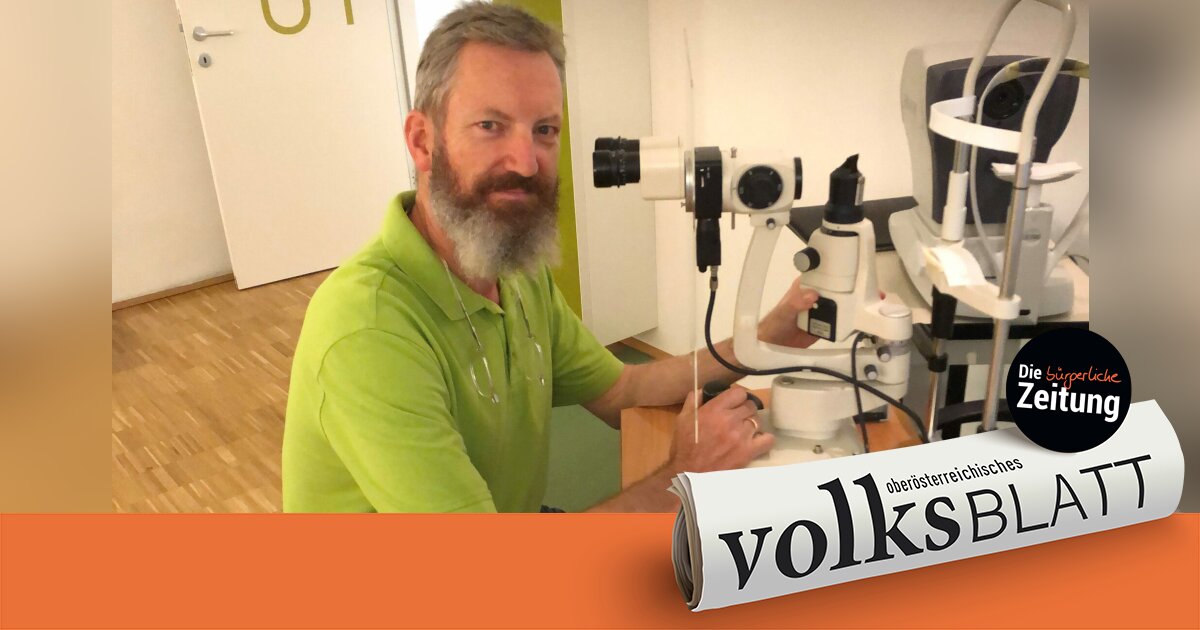–
“The patient notices cataracts especially at night, when there is lighting or in traffic, and later a gray veil appears when they see,” explains Linz ophthalmologist Peter Hammer, “then it is high time for a clarification”. Because cataracts inevitably get worse, even if the pace varies from case to case. There is no cure without intervention.
Women and men affected
Incidentally, women and men are equally affected by cataracts. And, as I said, clouding of the lens of the eye occurs primarily from the age of about 60 years. Although, according to Hammer, there can be cataracts from 40 and earlier. “An operation is always possible, even in old age and when other diseases are present, it is about quality of life”, says Hammer, “I also operate on tumor patients again and again”.
During this operation, the eye lens affected by the cataract is removed or replaced with an implant. It used to be a medical teaching to let the cataract “mature” and, so to speak, “become hard”, i.e. to wait before the operation. This was due to the fact that the lens was “pulled out” with a noose during the operation. Today, however, the cataract is liquefied and then “sucked off”. “Of course, the less the lens is hardened, the easier and less problematic it is,” explains Hammer, why an operation should be performed early.
Operation takes 15 minutes
The operation itself lasts – after appropriate preparation with eye drops, etc. – no more than 15 minutes and only takes place under local anesthesia of the eye. The procedure is painless and less stressful for the patient, it is carried out in a day clinic. There is a week to wait between the first eye and the second eye. The artificial lens is optimally tolerated and never needs to be renewed. And above all: the day after the operation, the patient has a “sharp look” that he has not known for a long time.
More than 10,000 interventions
Ophthalmologist Hammer – he is currently operating in the deaconess’ hospital in Linz – has cured cataracts more than 10,000 times during his professional career. “The matter should not be trivialized, it is a serious but safe operation thanks to today’s high technical standards and experience due to the frequency,” says Hammer, “even if the operation itself only lasts a quarter of an hour”. The eye specialist, who is also a hobby musician, makes a comparison: “When a pianist plays a Beethoven sonata, it takes 20 minutes, but behind it there is a lot of know-how, time and work that you cannot see”.
From Werner Rohrhofer
–


